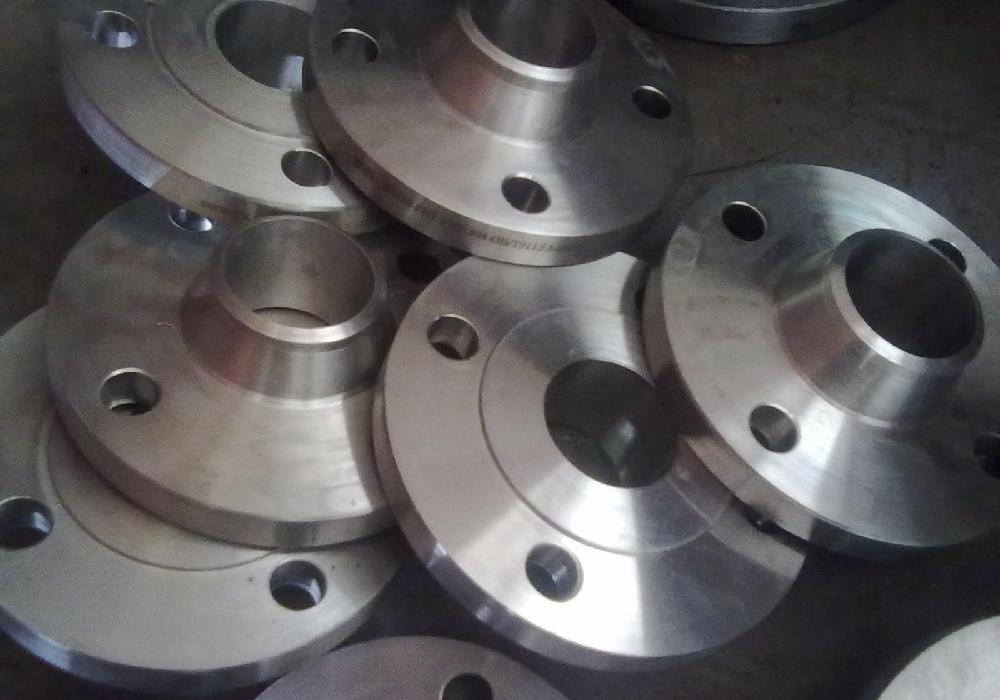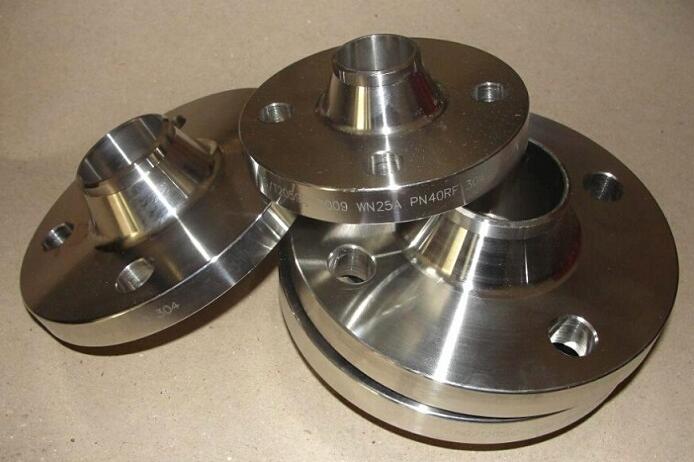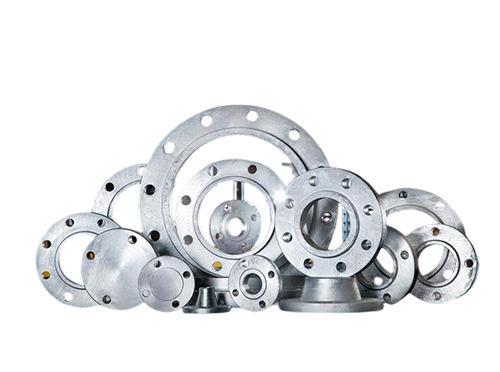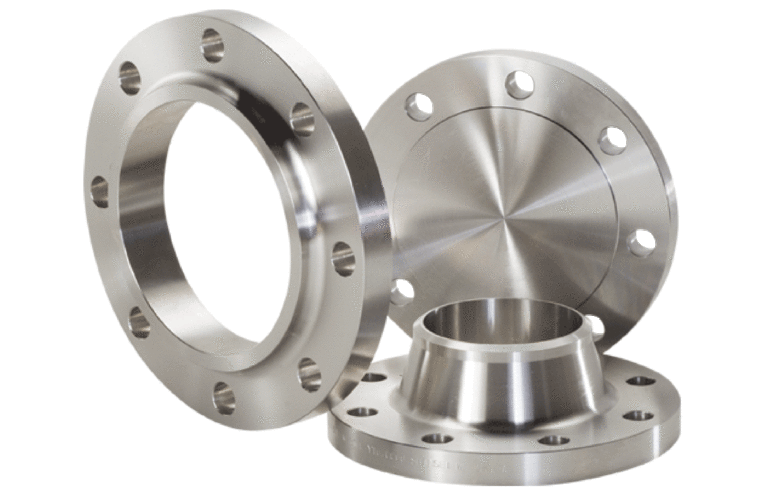differences between cold forging and hot forging of stainless steel flange
The differences between cold forging and hot forging of stainless steel flange
- Cold forging is at low temperature forging, stainless steel flange size changes very little. Under 700℃ forging, less oxide skin formation, and no surface decarbonization phenomenon. Therefore, as long as the deformation energy is within the forming energy range, cold forging is easy to obtain good dimensional accuracy and surface finish. As long as the temperature and lubrication cooling are well controlled, the temperature forging below 700℃ can also obtain good accuracy.
- Cold die forging, cold extrusion, cold heading and other plastic processing. Cold forging is the forming process of the material below the recrystallization temperature and forging below the recovery temperature. The forging without heating blank is called cold forging in production. Cold forging materials are mostly aluminum and some alloys, copper and some alloys, low carbon steel, medium carbon steel and low alloy structural steel with low deformation resistance and good plasticity at room temperature.
- Cold forgings have good surface quality and high dimensional accuracy, which can replace some cutting. Cold forging can strengthen the metal and improve the strength of the flange. The development of cold forging technology is mainly to develop high value-added products and reduce production costs. At the same time, it is constantly penetrating into or replacing the cutting, powder metallurgy, casting, hot forging, sheet metal forming process and other fields. It can also be combined with these processes to form a composite process.
- In hot forging, large flanges with complex shapes can be forged because the deformation energy and deformation resistance are small. Flanges with high dimensional accuracy can be machined by hot forging in the temperature range of 900-1000℃. In addition, attention should be paid to improving the working environment of hot forging. Compared with the forging in other temperature domains, the die life is shorter, but it has greater freedom and lower cost.
- The purpose of hot forging flange is mainly to reduce the deformation resistance of metal, thus reducing the forging pressure required for the deformation of bad material, so that the tonnage of forging equipment is greatly reduced. By changing the as-cast structure of the flanged ingot, the coarse as-cast structure can be changed into the new grain structure after recrystallization in the process of hot forging, and the defects of as-cast structure can be reduced and the mechanical properties of the steel can be improved.







